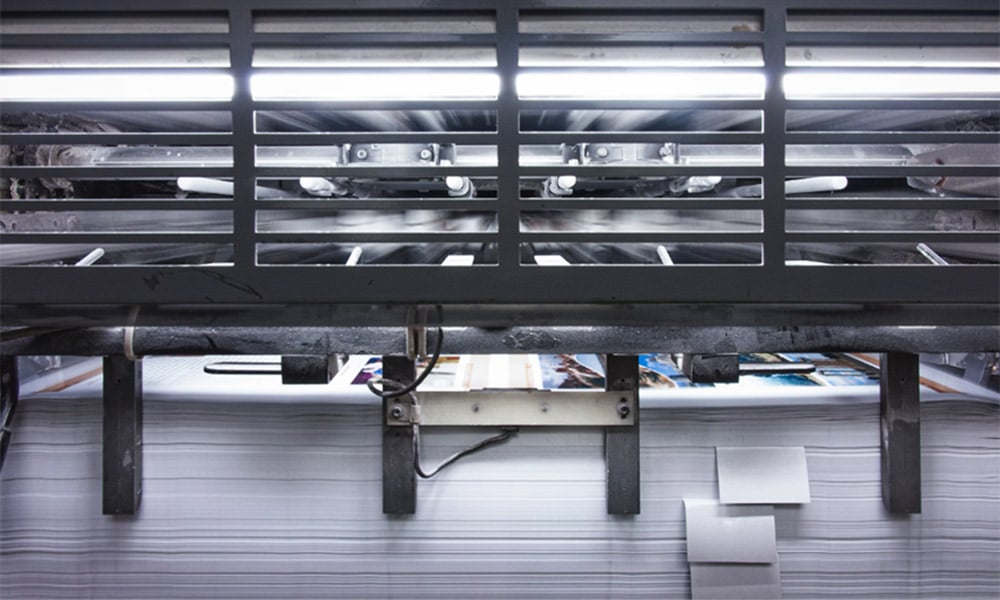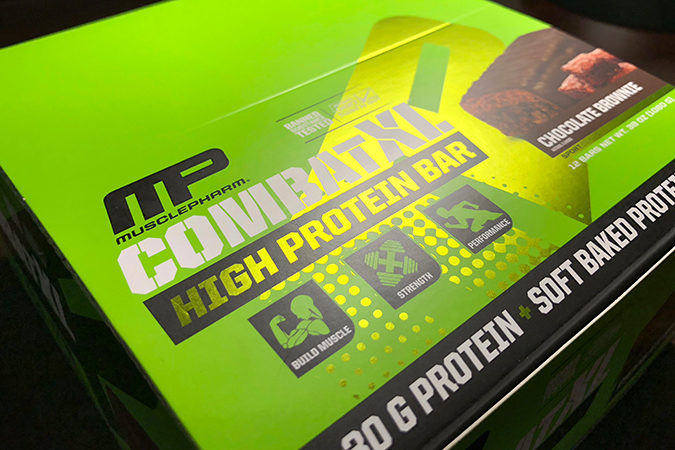
Although the digital age is in full swing, printed assets remain invaluable to brand growth and recognizability. When you need printed brand assets, you must choose the right printing methodology so that the deliverable adequately captures the visual appeal of your designs.
While there are many different printing methods, litho and digital printing are two of the most common. But what is the difference between a lithograph and a digital print? In this litho vs digital print comparison, you can explore the ins and outs of these printing methodologies to better decide which approach best fits your project.
What Is Litho Printing?
What is a lithograph print, exactly? Also known as offset printing, lithography is a traditional printing technique that involves transferring ink from a plate to a rubber blanket to the printing surface. It’s a method chosen for its high quality, efficiency, and cost-effectiveness in large-volume printing.
You can leverage litho printing to generate branded marketing collateral, packaging, catalogs, brochures, and other business deliverables. This technique is ideal for producing sharp and clean images and text, especially in bulk quantities.
While litho printing has taken a back seat to digital printing in recent years, it remains a valuable tool in your marketing arsenal. Anytime you need printed digital assets, lithographic printing is worth your consideration.
Litho vs Digital Printing: What Are the Differences?
Now that you know what litho printing is, you’ll need to understand the difference between digital print and lithograph processes. Litho and digital printing are distinct methods for producing printed materials.
Litho relies on traditional plates, offering high quality and cost-effectiveness for large print runs, but requires setup time. Digital printing uses electronic files, making it ideal for short runs and personalization, with quicker turnaround and lower setup costs. Each has unique advantages.
Here are some key categories comparing litho and digital printing to simplify things.
Quality
Print quality is paramount, especially when producing printed products for marketing purposes. Regarding litho vs digital printing, the former typically yields higher quality deliverables than digital. However, digital printers offer comparable quality to lithographic prints, and the average person can’t distinguish between the two.
If your design requires a lot of large blocks of solid color, litho will likely yield a better result. That is especially true if you use sophisticated drying processes like LED UV light exposure. Image complexity also matters. During litho printing, ink soaks into the paper, meaning the more subtle details of an image may be more precise when compared to digital printing.
Another variable that impacts quality is the type of paper you use. If you print on textured or colored paper, litho printing is also better. However, both techniques offer good quality and coverage if you are using glossy or uncoated paper.
One great way to compare quality is to ask for samples that showcase each type of printing method in action. Most printing companies offer samples, so take advantage of this opportunity before placing a bulk order. Once you see the results of each printing method for yourself, you’ll be better equipped to determine which option is the right choice for your business.
Color
In litho printing, colors are mixed to specification before printing, offering a broader color range and more precise color matching. Digital printing uses standard inks, and although it provides good quality, it may not always match the color fidelity of litho printing. That can be a significant issue if you have a unique color scheme within your design.
When comparing the color accuracy of the two, consider the uniqueness of your preferred color palette. Also, ensure you provide the printing company with a reliable reference piece and detailed information about your color scheme. That minimizes the risk of a color mismatch.
Due to the nuances in color quality and accuracy, requesting a printed proof is your best bet to avoid major issues.
Material
Both digital and litho printing can accommodate several different paper types and thicknesses. However, lithographic printing is far more versatile, accommodating nearly any paperweight or type. That is particularly useful if you need to print on thick packaging materials or high-end paper.
Digital printing has more limitations on the thickness and texture of materials used. If you are leaning toward digital printing, ensure this method can accommodate your chosen materials. Otherwise, you must opt for a more common material option or switch to lithographic printing.
Finish
Litho printing allows various finishes, including matte, gloss, and satin. These options can add a professional touch to your project. Digital printing offers multiple finishes but might differ slightly in texture and appearance.
The differences are due to a few factors, including how colors are prepared and how ink is applied. Most notably, digital printing applies ink to the surface level of the paper, whereas lithographic printing applies ink to the fiber of the paper.
Speed
Are you facing a crucial time crunch? If so, digital printing is likely the way to go. This method features speedy setup times, as printers upload the design onto a computer that can start producing prints immediately. Once the printing process is initiated, your print provider can create thousands of sheets per hour.
Lithographic printing involves a much longer setup period. That’s because the printer has to create custom printing plates. Once that process is complete, the litho press can start humming.
Therefore, you’ll enjoy long-term speed benefits with litho printing and short-term efficiency benefits with digital printing. If you are in need of a one-time order, digital printing will be faster. On the other hand, if you need recurring deliverables, lithographic printing will likely be the more advantageous option.
Personalization
Digital printing offers superior personalization options, like variable data printing, where each print can have different text or images. That is because the computer pulls the image data from the files in real-time.
Litho printing doesn’t offer the same level of personalization, as all the plates must be custom-made. As such, it is more suited to uniform, large-scale productions. The litho approach can be appealing if you have a set design and don’t plan on changing it in the foreseeable future. But if you need the option for customization and on-the-fly changes, go with digital printing.
Cost
Cost will undoubtedly play a huge role in your decision-making process, as it should. Regarding litho vs digital printing, the latter is far cheaper. There is virtually no setup period, meaning you won’t incur any costs until the provider prints your order. You only pay for the paper and per-unit fees.
Litho printing involves some additional charges, namely the setup fee. This fee covers the material and labor costs of creating custom printing plates. You’ll also have to pay for the paper and ink used.
However, litho printing is less expensive after you cover the initial setup costs. Over time, you’ll offset the costs of creating the plates and even tap into some savings. That can take a while, though, especially if you order a lower volume of content or require deliverables less frequently.
High-Quality Printing From DVC
Now that you know the difference between litho and digital print, it makes deciding which printing method best fits your next project easier. Next, you must find a reliable printing partner to assist with your printing needs.


